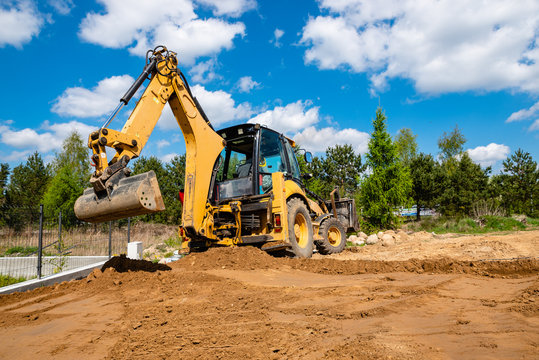Contents
Introduction
Discover essential excavation safety practices to ensure safe digs on construction sites. Learn best practices for preventing accidents and injuries. Excavation work is a common aspect of many construction projects, from building foundations to laying pipelines. While it’s a necessary part of the process, excavation can also be hazardous if not approached with caution and proper safety measures.
Each year, numerous accidents occur on excavation sites, leading to injuries, fatalities, and financial losses. To mitigate these risks, it’s essential to adhere to best practices for excavation safety. In this blog post, we’ll explore some key guidelines and tips to ensure safe digs on construction sites.
Excavation Safety: Understanding the Risks
Excavation work involves digging, trenching, and earthmoving, exposing workers to various hazards such as cave-ins, falls, struck-by accidents, and hazardous atmospheres. Factors like soil stability, proximity to utilities, and weather conditions further contribute to the risks involved. Therefore, recognizing these hazards is the first step towards implementing effective safety measures. In infrastructure construction, implementing rigorous safety protocols and regular inspections are essential best practices for ensuring excavation safety.

Key Best Practices
Proper Planning and Preparation
Before beginning any excavation work, thorough planning is essential. Conduct a site assessment to identify potential hazards, including underground utilities, unstable soil conditions, and nearby structures. Develop a site-specific excavation plan that outlines safety procedures, emergency protocols, and the assignment of responsibilities. Adequate preparation sets the stage for a safer work environment.
Competent Personnel
Assigning competent personnel to oversee excavation operations is crucial. Trained professionals should handle equipment operation, soil testing, and safety monitoring. All workers involved in excavation should receive appropriate training on recognizing hazards, using protective equipment, and responding to emergencies. Regular safety briefings and refresher courses help reinforce safe practices.
Protective Systems
Implementing protective systems is vital for preventing cave-ins and collapses during excavation. OSHA (Occupational Safety and Health Administration) mandates the use of protective measures such as sloping, shoring, and trench boxes to support trench walls and ensure stability. The type of protective system employed depends on factors like soil type, depth of excavation, and environmental conditions.
Utility Locating and Marking
Contacting utility companies to locate and mark underground utilities before excavation begins is critical. Accidental strikes on buried pipes, cables, or wires can cause serious injuries, service disruptions, and costly repairs. Utilize ground-penetrating radar (GPR) and utility mapping technologies to accurately identify the location of underground utilities and avoid potential accidents.
Adequate Ventilation
Excavation sites may encounter hazardous atmospheres due to the presence of gases, vapors, or lack of oxygen. Proper ventilation is essential to maintain air quality and prevent respiratory hazards for workers. Use mechanical ventilation systems, gas detectors, and atmospheric monitoring devices to ensure a safe working environment within excavated spaces.
Regular Inspections
Regular inspections of excavation sites help identify potential hazards and ensure compliance with safety standards. Inspectors should assess soil stability, protective systems, equipment condition, and adherence to safety protocols. Any deviations from established safety measures should be addressed promptly to prevent accidents and maintain a safe work environment.
Emergency Response Preparedness:
Despite preventive measures, emergencies can still occur on excavation sites. Establishing emergency response procedures and providing adequate training to workers is imperative. Develop evacuation plans, designate assembly areas, and ensure access to emergency communication devices such as radios or mobile phones. Conduct drills regularly to familiarize workers with emergency protocols and promote swift response in crisis situations.
Conclusion
Safety should always be a top priority in excavation work. By following best practices and implementing robust safety measures, construction teams can minimize risks and create a safer environment for workers. From proper planning and protective systems to emergency preparedness and regular inspections, every aspect of excavation safety plays a crucial role in preventing accidents and ensuring project success. By prioritizing safety, we can achieve safe digs and pave the way for a successful construction industry.



